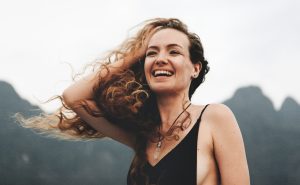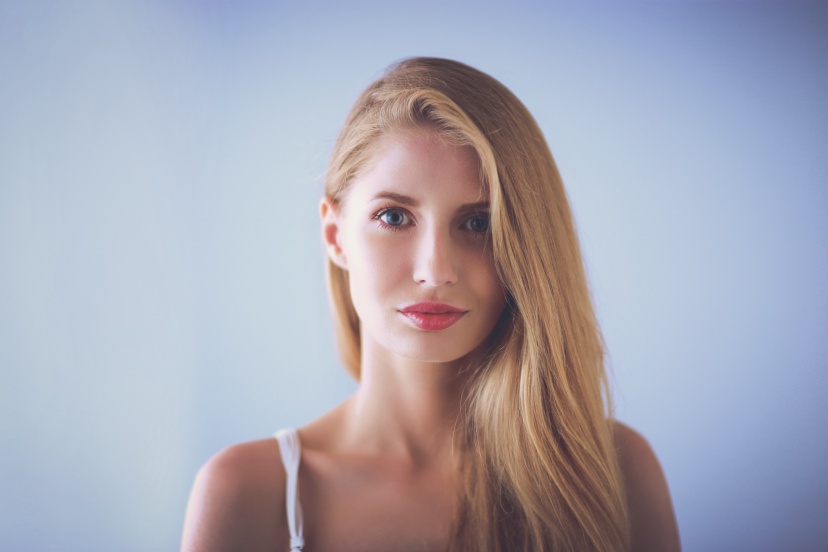How to Use Natural Light for Portraits
Natural light is your best friend when you’re getting started with portrait photography — and even when you’re seasoned! I still get excited watching how sunlight transforms a simple shot into something magical. In this guide, I’ll walk you through the best natural light tips for portrait photography to help you capture beautiful, natural portraits without fancy studio gear.
Why Natural Light is a Portrait Photographer’s Best Friend
Natural light is abundant, free, and endlessly versatile. Unlike artificial lights, it gives portraits a soft, organic feel that connects emotionally with viewers. And honestly? You can do so much with just a camera and sunlight — it’s almost like cheating.

Types of Natural Light for Portrait Photography
Understanding the type of light you’re dealing with is key.
Golden Hour Magic
The golden hour — that dreamy period right after sunrise or before sunset — offers the most flattering, soft light with warm tones. Skin glows, shadows are gentle, and everything looks cinematic.

Blue Hour Beauty
Blue hour happens just before sunrise or just after sunset. The cooler tones give a moody, ethereal vibe that’s perfect for creative portraits.
Midday Sun Challenges
Harsh midday sun can create sharp shadows and squinting — not ideal. But if you must shoot then, find open shade (like under trees or beside buildings) to soften the light.
Overcast Days: Your Secret Weapon
Clouds act as a natural diffuser, spreading light evenly and softening shadows. It’s the ultimate softbox in the sky.

Best Natural Light Tips for Portrait Photography
Let’s dive into the real gold: practical tips to master the light you’ve got.
Know the Direction of Light
Always pay attention to where the light is coming from. Front lighting flatters, side lighting adds depth, and backlighting creates glow or silhouettes. Walk around your subject and observe the changes.
Use Reflectors and Diffusers
Don’t underestimate simple tools like a reflector to bounce light onto your subject’s face or a diffuser to soften direct sun.
Window Light: The Indoor Portrait Hack
Indoor portraits? Use window light! Position your subject 45° to the window for soft shadows and depth. Add a sheer curtain to diffuse harsh rays.
Find Open Shade for Balanced Lighting
When outdoors, look for open shade — areas not in direct sun but still well-lit. It keeps skin tones even and avoids squinting.
Choosing the Right Time of Day
Timing is everything. Don’t just show up — plan your shoots around the sun.
Morning Light
Early light is clean and gentle. It’s less crowded outdoors too, so you and your subject can relax.
Evening Light
Evening golden hour is warmer and more dramatic — great for romantic or dramatic vibes.
>>> See range and prices of DSLR camera gear HERE <<<
Using Backlighting for Dreamy Portraits
Shooting with the sun behind your subject creates a glowing halo effect. Use a reflector to illuminate their face or expose for the shadows and enhance in post-processing.
Side Lighting for Depth and Drama
Want more dimension in your portraits? Try placing the light source to one side of your subject. It sculpts the face and adds shadows that can be quite dramatic.
Avoiding Harsh Shadows and Squinting
Ask your subject to look slightly away from the sun or place them in a shaded area. You’ll avoid squinting eyes and blown-out highlights on their face.
Positioning Your Subject Correctly
Face Toward the Light
For clean, evenly lit portraits, have your subject face the light source directly or at a 45° angle.
Profile and Silhouette Shots
Get creative! Turn your subject sideways for profiles or expose for the background to capture artistic silhouettes.
Posing with Natural Light in Mind
Always pose your subject according to the light. Let shadows fall in a flattering way — avoid nose shadows or unflattering highlights. Small adjustments in chin angle and body positioning go a long way.
Gear to Enhance Natural Light Portraits
You don’t need a ton of gear, but a few simple tools help.
5-in-1 Reflectors
These foldable tools come with silver, gold, white, black, and translucent surfaces for bouncing, warming, blocking, or diffusing light.
Light Diffusion Panels
They soften strong sunlight — like putting clouds in front of the sun. Super helpful for harsh conditions.
Practice Exercises for Mastering Natural Light
-
Shoot portraits at three different times: morning, midday, and golden hour.
-
Practice using a white bedsheet as a reflector.
-
Take photos with the light coming from different directions.
-
Try one shoot on an overcast day.
-
Use a window to create dramatic indoor lighting.
Common Mistakes Beginners Make with Natural Light
-
Shooting at noon in direct sun without shade or diffusion.
-
Ignoring the light’s direction.
-
Using backlight without a reflector.
-
Forgetting that clouds are your friends!
-
Underexposing or overexposing due to tricky lighting.
Final Thoughts and Encouragement
The best way to learn natural light portraiture is to simply get out and experiment. Take your camera, observe the light, and shoot often. Every lighting situation teaches you something new. Don’t wait for “perfect” conditions — create them with the tools and tips you’ve now got under your belt.
Conclusion
Mastering how to use natural light for portraits doesn’t require expensive equipment — just awareness, timing, and creativity. Whether it’s golden hour magic or a cloudy day surprise, you can use the best natural light tips for portrait photography to turn ordinary moments into stunning portraits. Now go out, chase the light, and let your lens tell a beautiful story.
>>> See range and prices of DSLR camera gear HERE <<<
FAQs
1. What is the best time of day for natural light portraits?
Golden hour — early morning or late evening — offers the most flattering and soft light for portraits.
2. How do I shoot portraits on a cloudy day?
Embrace it! The clouds act like a giant diffuser, providing even lighting without harsh shadows.
3. Can I use my phone with natural light for portraits?
Absolutely! Many smartphones handle natural light beautifully — apply the same lighting principles.
4. How do I avoid squinting in sunny portraits?
Use open shade or have your subject turn slightly away from the sun to avoid direct eye contact with harsh light.
5. Do I need a reflector to shoot with natural light?
Not required, but helpful. A white wall, sheet, or even a large piece of white cardboard can bounce light effectively.
See our other relevant articles
Golden Hour Photography: Mastering Nature’s Most Magical Light
Art of Portrait Photography: Master Techniques for Stunning Shots




